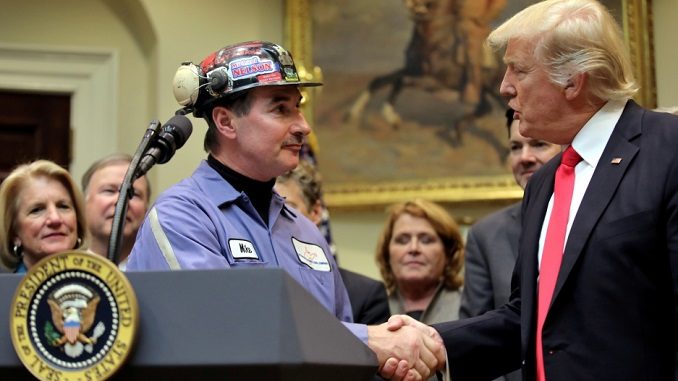
Job growth likely slowed in December, but the pace of hiring probably remains more than enough to keep the longest economic expansion in history on track despite a deepening downturn in a manufacturing sector stung by trade disputes, Reuters writes.
The Labor Department’s closely watched monthly employment report on Friday could buttress the Federal Reserve’s assessment that both the economy and monetary policy are in a “good place.”
It would extend the run of upbeat data such as consumer spending, trade and housing that have suggested the expansion, now in its 11th year, is not in immediate danger of being derailed by a recession.
“The solid job growth at the end of 2019 set the stage for continued strength from the consumer in 2020, helping to keep the economy chugging along at a decent clip,” said Ben Ayers, senior economist at Nationwide in Columbus, Ohio.
Worries that a downturn might be triggered by the Trump administration’s trade war with China spurred the Fed to cut interest rates three times in 2019. Indeed economic growth did slow last year, throttling back to 2.1% in the third quarter from 2018’s pace of nearly 3%, Reuters added.
With a Phase 1 deal with China set to be signed next week, policymakers are more confident in the outlook and last month signaled borrowing costs could remain unchanged at least through this year. Economists are pegging growth at the end of last year around a 2.3% rate.
According to a Reuters survey of economists, nonfarm payrolls probably increased by 164,000 in December. Payrolls surged 266,000 in November, in part as 46,000 production workers at General Motors (GM.N) returned to work after a strike.
Some of the anticipated slowdown in December is attributed to seasonal volatility associated with a later-than-normal Thanksgiving Day.
“More seasonal workers could have been hired in December than in November,” said Robin Anderson, senior global economist at Principal Global Investors in Des Moines, Iowa.
The labor market has continued to churn out jobs at a healthy clip, despite anecdotal evidence of worker shortages, which economists had feared would significantly restrain hiring.

Be the first to comment